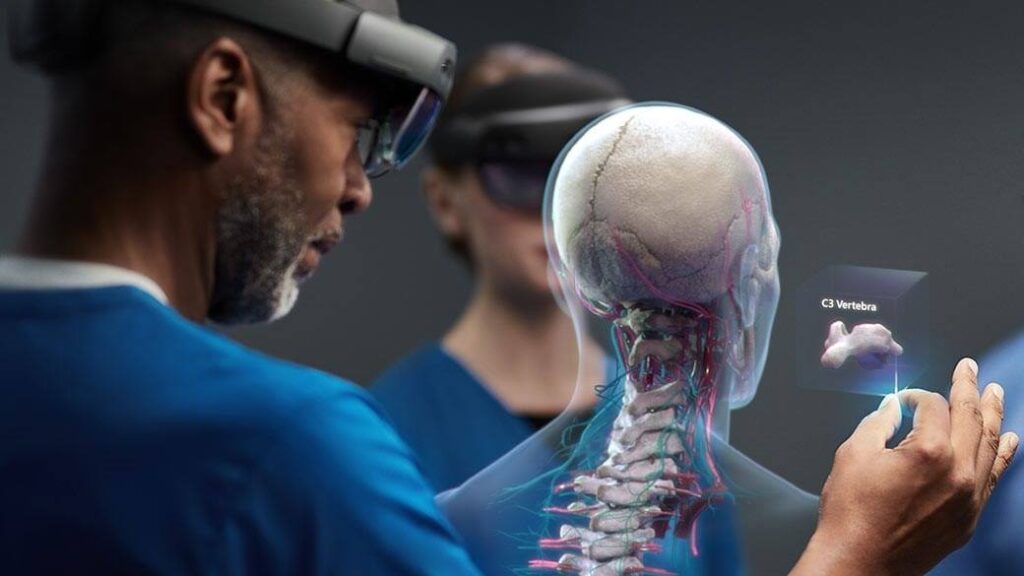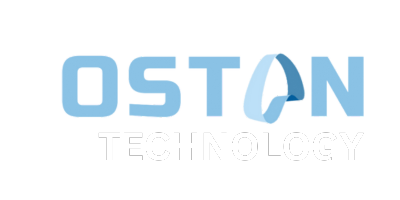Top Simulation Tools for Training and Skill Development in 2025
As the world becomes more digitally driven, training and skill development are evolving faster than ever. Simulation tools have become a cornerstone for providing realistic, interactive learning experiences, helping individuals and organizations improve their competencies efficiently. In 2025, the demand for high-quality simulation software is at an all-time high, as industries look for ways to enhance training programs while ensuring cost-effectiveness and scalability. In this blog, we’ll dive into the top simulation tools designed for training and skill development, exploring how they are transforming learning across various sectors.
Flight Simulation Tools for Pilot Training
Flight simulators have been a cornerstone of pilot training for decades. Today, simulation tools like the Lockheed Martin Prepar3D and Microsoft Flight Simulator have advanced far beyond basic flight training.
Moreover, what makes these simulators particularly effective is their ability to replicate real-world flight dynamics and weather conditions, giving pilots the ability to hone their skills in a variety of scenarios.


Virtual Reality (VR) Training Simulators
One of the most prominent advancements in training technology is the use of Virtual Reality (VR). VR-based simulation tools allow users to immerse themselves in lifelike scenarios, making them ideal for fields like healthcare, aviation, and military training.
For example, the Osso VR platform is a leading VR tool used for surgical training. It provides a highly interactive and realistic experience that mimics real-world surgeries, offering medical professionals the ability to practice without any risk to patients.
Engineering and Design Simulators for Skill Development
In fields like engineering, product design, and architecture, simulation tools have become essential for testing prototypes, optimizing designs, and improving problem-solving skills. Tools like AutoDesk Fusion 360 and ANSYS provide engineers with powerful simulation capabilities, allowing them to run stress tests, simulate fluid dynamics, and conduct finite element analysis (FEA) without the need for physical prototypes.
Besides, you can read more about how engineering students benefit from these tools here.


Medical Simulation Tools for Healthcare Professionals
Medical simulation tools are revolutionizing the way healthcare professionals are trained, offering a safe environment to practice critical procedures and decision-making skills. Platforms like CAE Healthcare and SimMan provide high-fidelity mannequins and virtual scenarios, enabling medical students to practice everything from basic patient assessments to complex surgeries.
Furthermore, these simulation tools have shown significant improvements in the quality of healthcare training, as they allow students and professionals to repeatedly practice procedures without the pressure of live patients.
Conclusion
In 2025, simulation tools are proving to be more than just a trend—they are essential for improving training effectiveness and skill development. From VR training simulators to engineering design simulators, these tools provide a hands-on, immersive approach to learning that is far more engaging and practical than traditional methods. However, as technology continues to advance, we can expect simulation tools to evolve further, opening new possibilities for training and education in various sectors.
To stay updated on the latest in simulation technology, be sure to check our latest posts on training and development tools.

